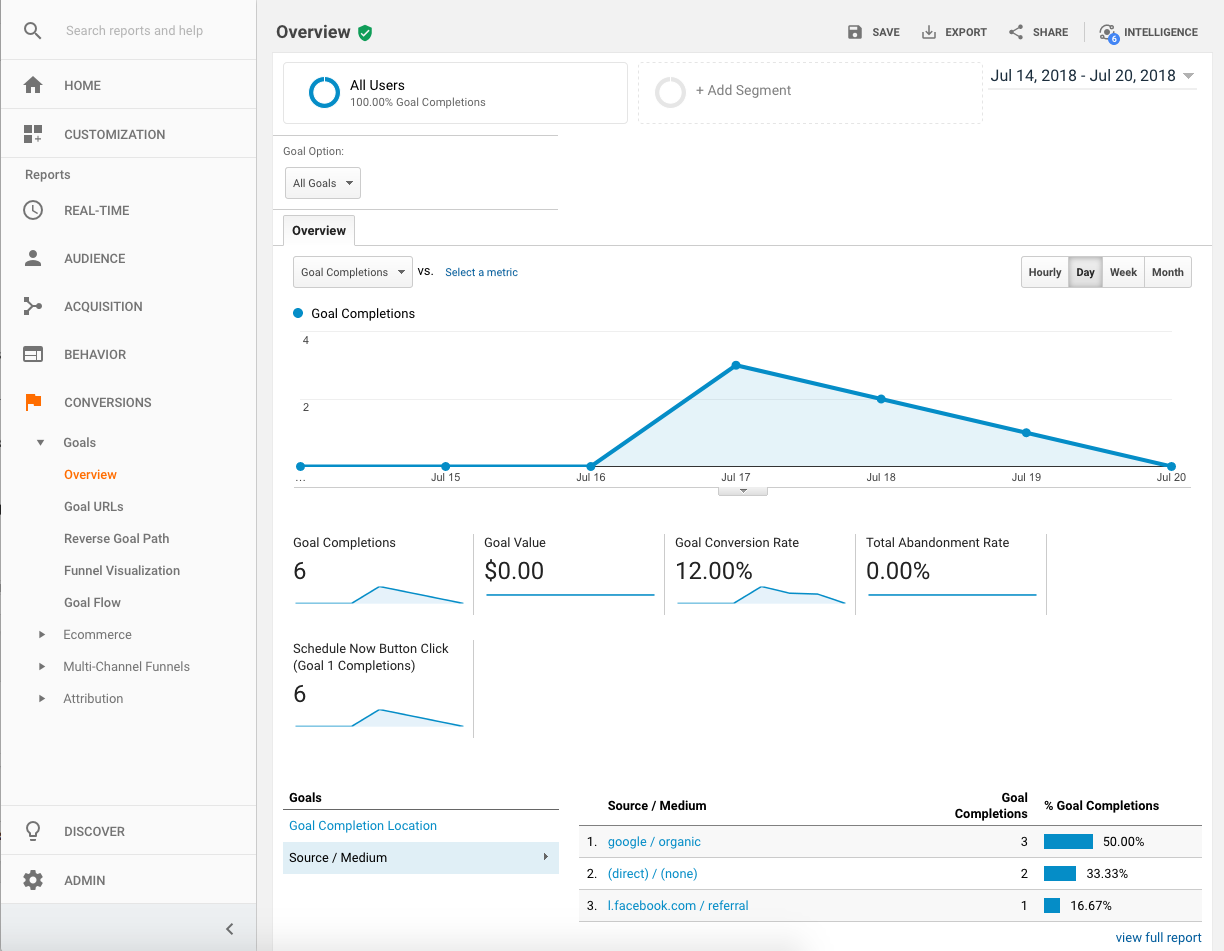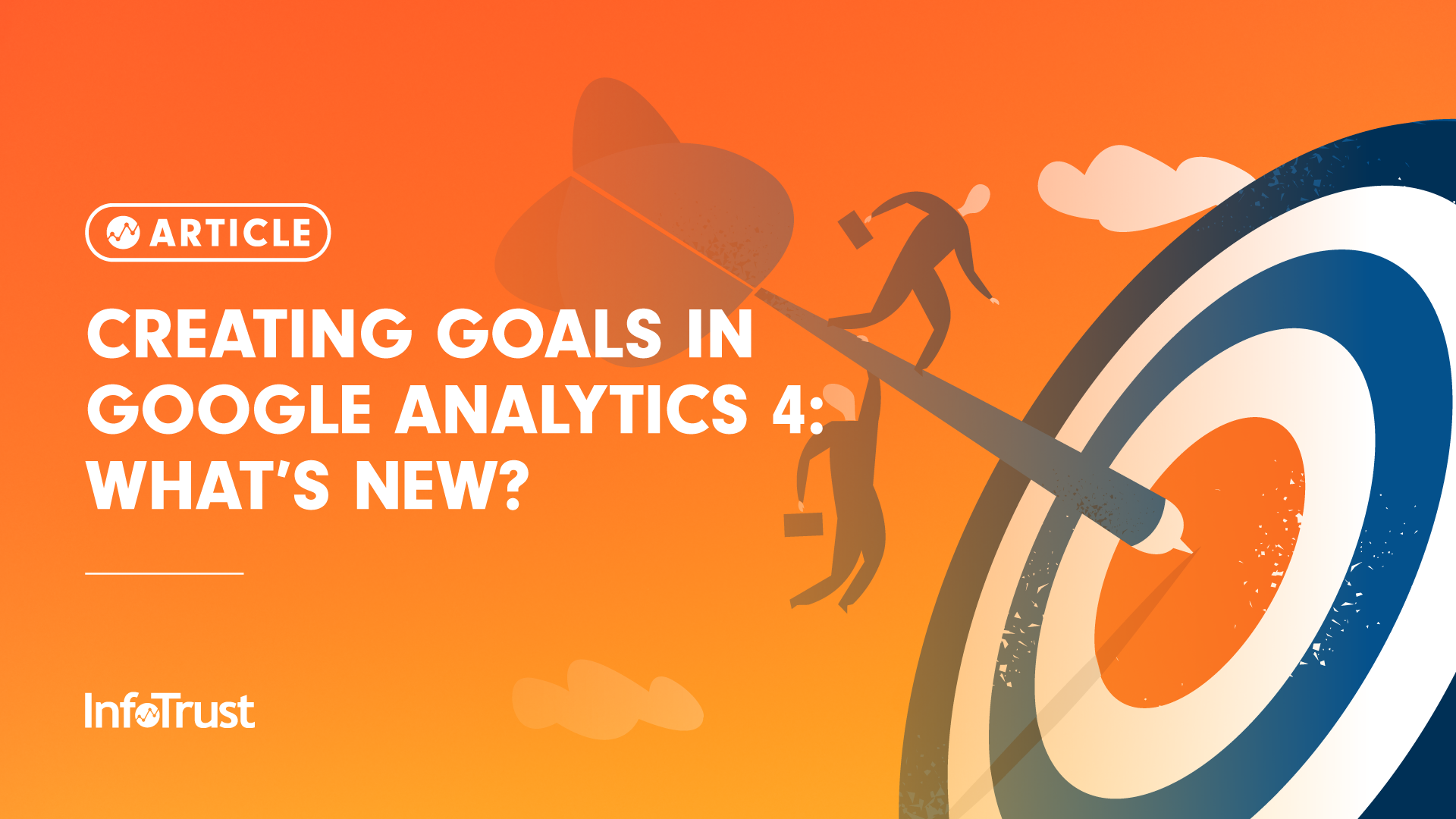What Data Is Google Analytics Goals Unable to Track: Important Information
What Data Is Google Analytics Goals Unable to Track: Important Information
Blog Article
Discover the Limitations of Google Analytics Goals: Introducing the Data Kind That Remain Untrackable
As businesses increasingly depend on data-driven decision-making, understanding the restrictions of tools like Google Analytics comes to be vital. While Google Analytics Goals deal beneficial understandings into customer communications, there exist information kinds that avoid monitoring, posing challenges to a thorough understanding of user actions.
Incomplete Individual Trip Tracking
Incomplete customer journey tracking within Google Analytics can prevent the ability to properly evaluate customer habits. When the customer trip is not completely tracked, there are gaps in the data that avoid a thorough understanding of how customers connect with a website. This lack of understanding can cause missed opportunities for optimization and renovations to the individual experience.
One common concern with insufficient customer journey monitoring is the inability to see the complete path that individuals take previously completing a goal or leaving the site. Without this details, it is challenging to determine where individuals might be coming across barriers or rubbing points that prevent them from converting. Additionally, insufficient monitoring can cover the influence of certain advertising and marketing initiatives or website changes on individual actions.
To resolve this limitation, it is crucial to set up appropriate monitoring mechanisms within Google Analytics to capture the entire customer trip. This may entail establishing up event monitoring, objective funnels, or using devices like Google Tag Supervisor to make certain that no crucial interactions go unrecorded. By getting a thorough sight of the individual journey, website owners can make more informed decisions to enhance individual interaction and drive conversions.
Attribution Challenges
Browsing with acknowledgment obstacles in Google Analytics needs a comprehensive understanding of how various touchpoints contribute to the overall conversion procedure. Acknowledgment challenges arise from the intricacy of modern-day consumer journeys, where individuals connect with numerous networks prior to transforming. Google Analytics supplies numerous attribution versions like very first touch, last touch, and linear, each providing a various point of view on just how credit scores is assigned to touchpoints along the conversion path. These models may not constantly precisely reflect the true impact of each touchpoint on the conversion.
One typical attribution difficulty is the trouble in connecting conversions to the appropriate source, especially in cases where customers engage with multiple networks before transforming. Furthermore, cross-device tracking postures an additional acknowledgment challenge, as customers usually switch over in between gadgets throughout their trip, making it challenging to track their communications flawlessly.
Offline Conversions
Offered the challenges connected with associating conversions accurately in online networks, the dimension of offline conversions presents a substantial possibility for marketers seeking a more thorough understanding of their consumers' journey. Offline conversions refer to actions that consumers absorb the real world, such as making acquisitions in brick-and-mortar stores or over the phone, participating in occasions, or involving with published materials - what data is google analytics goals unable to track. These conversions are vital for organizations that operate both online and offline, as they offer important insights right into the performance of advertising campaigns throughout different touchpoints
Tracking offline conversions commonly presented a significant obstacle for marketers, as it was testing to link these actions back to certain on-line interactions properly. With improvements in technology, such as the integration of CRM systems, one-of-a-kind identifiers, and coupon codes, organizations can currently connect the gap in between online and offline data to obtain an extra all natural sight of client behavior. By properly measuring offline conversions, marketers can optimize their methods, allocate resources much more effectively, and eventually enhance the general customer experience.
Cross-Device Tracking
Cross-device monitoring plays a critical duty in comprehending the interconnected nature of customers' electronic communications throughout multiple tools. In today's omnichannel world, where customers seamlessly switch between desktop computers, smartphones, and tablet computers, tracking their habits throughout these devices is necessary for online marketers to get an extensive view of their customer here trip.

In addition, personal privacy problems and guidelines such as GDPR and CCPA have further complicated cross-device tracking. With individuals requiring more control over their information and raised constraints on monitoring innovations, marketing professionals should find privacy-compliant and ingenious means to attach individual communications across gadgets.
Dynamic Web Content Engagement
Comprehending user involvement with dynamic web content is essential in maximizing electronic advertising and marketing approaches for improved audience communication. Dynamic material describes website components that alter based upon user habits, choices, or various other variables, offering a tailored experience. Tracking user communications with vibrant content poses obstacles for standard analytics devices like Google Analytics.
While Google Analytics can track basic interactions like clicks and page views, it may struggle to catch more nuanced involvements within vibrant web content. what data is google analytics goals unable to track. Metrics such as time spent on specific vibrant elements, float activities, or communications within pop-ups are usually not easily quantifiable utilizing basic tracking methods. This constraint prevents online marketers' capability to fully understand just how users are engaging with vibrant content and tailor their methods appropriately

Verdict
In final thought, Google Analytics goals have restrictions in tracking incomplete user journeys, associating conversions accurately, recording offline conversions, tracking cross-device interactions, here are the findings and gauging dynamic content engagement. These constraints highlight the relevance of exploring added monitoring approaches and devices to gain a much more detailed understanding of user actions and conversions past what Google Analytics can supply.
While Google Analytics Goals offer useful insights into user communications, there exist information kinds that thwart monitoring, posing obstacles to a detailed understanding of user behavior.Insufficient customer trip monitoring within Google Analytics can prevent the capability to accurately analyze customer actions. When the customer trip is not completely tracked, there are gaps in the information that stop a detailed understanding of exactly how customers connect with a website.One common issue with incomplete individual trip monitoring is the lack of ability to see the full course that individuals take before completing an objective or leaving the site. By getting a comprehensive view of the customer trip, site owners can make more informed choices to improve user involvement and drive conversions.
Report this page